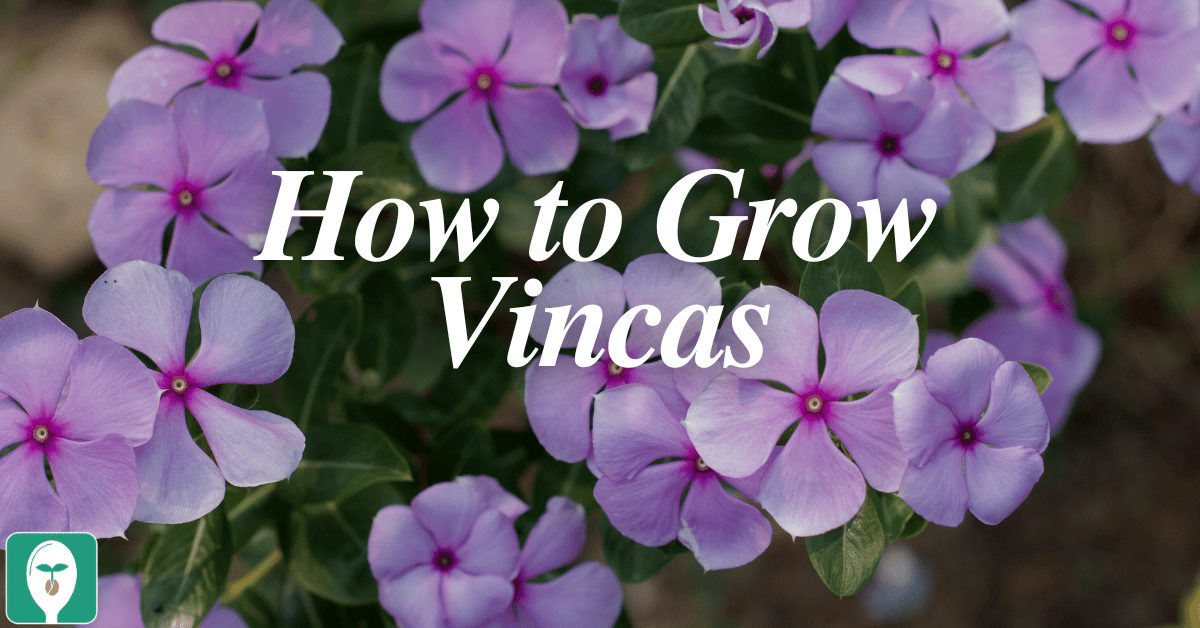Zinnias, with their vibrant and diverse array of colors, have earned their place as one of the most beloved annual flowers in gardens around the world. Whether you’re a seasoned gardener or a novice looking to add some visual charm to your outdoor space, zinnias are an excellent choice.
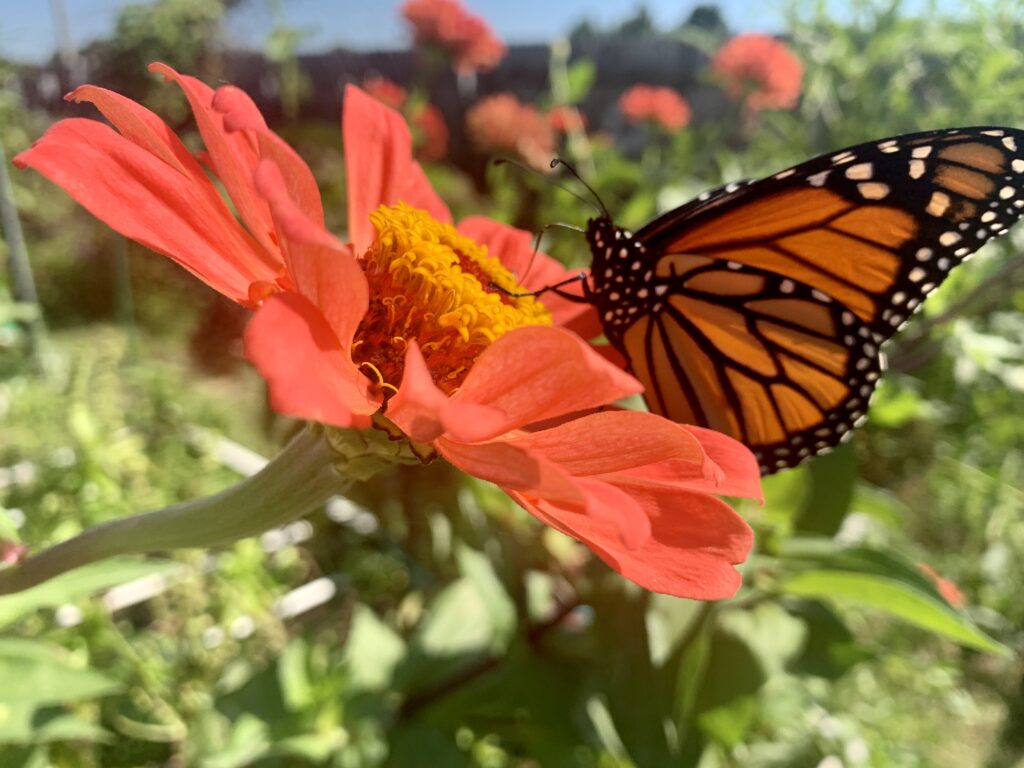
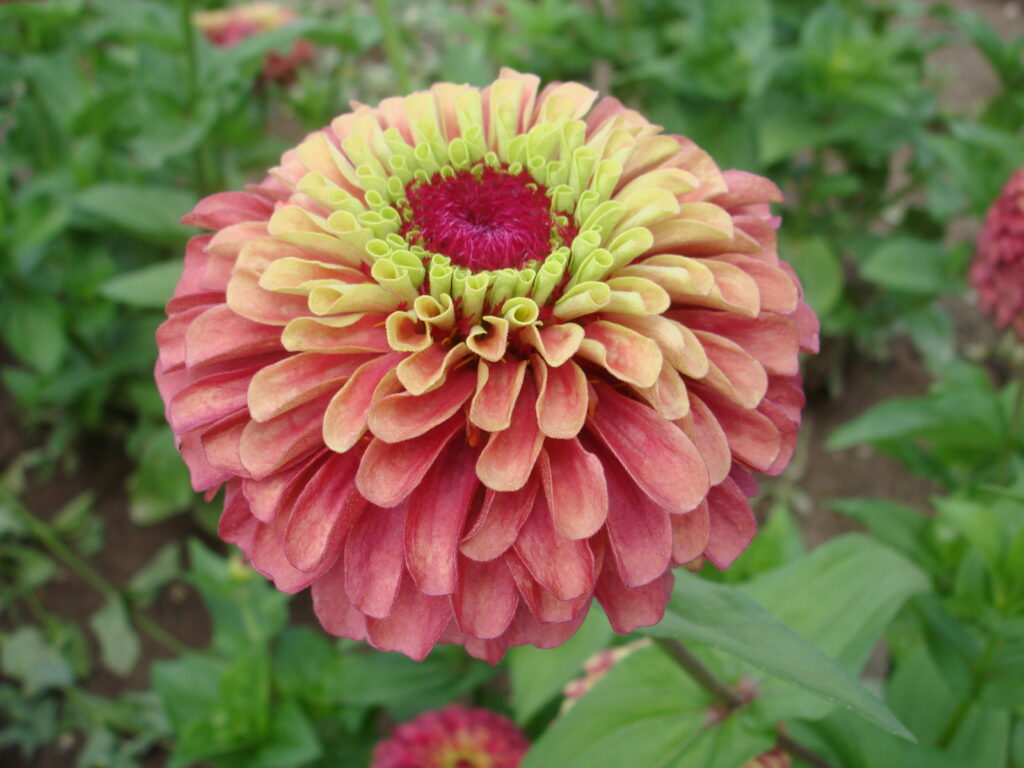
Choosing the Right Zinnia Variety Before you start growing zinnias, it’s crucial to choose the right variety for your garden. Zinnias come in various sizes, shapes, and colors. Some popular types include:
Dwarf Zinnias: Ideal for small spaces or container gardens, these zinnias grow to a compact height of 6-12 inches, making them perfect for edging or front-row planting.
Tall Zinnias: For a bold and dramatic look, consider tall zinnias that can reach heights of up to 4 feet. They make excellent background plants.
Cutting Zinnias: If you love fresh-cut flowers for arrangements, opt for cutting zinnias. They feature long, sturdy stems and come in a wide range of colors.

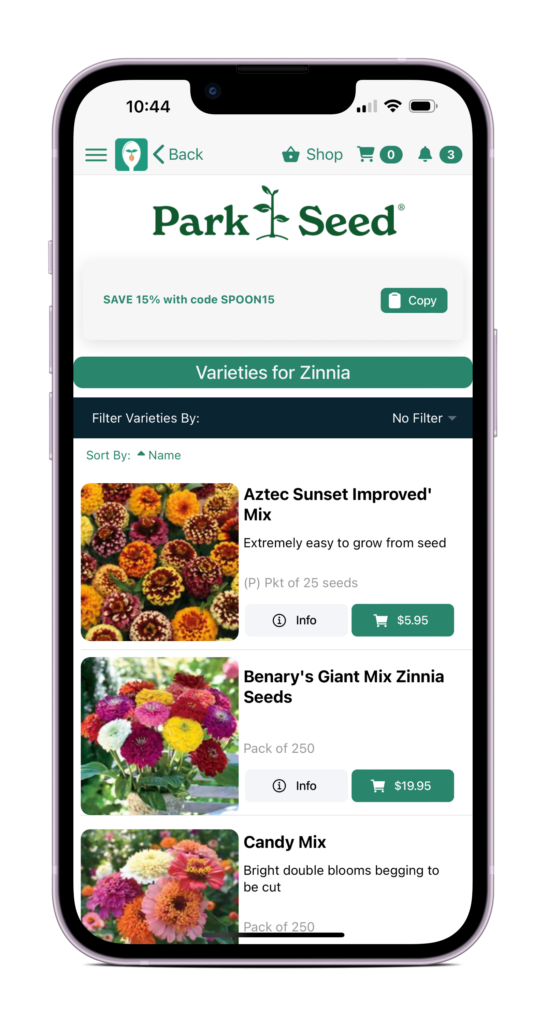
Planting Zinnias Zinnias are relatively easy to grow, but they do have specific requirements:
Sunlight: Zinnias thrive in full sun, so choose a location that receives at least 6-8 hours of direct sunlight daily.
Soil: Well-draining soil with a slightly acidic to neutral pH (6.0-7.0) is ideal for zinnias.
Spacing: Ensure proper spacing between zinnia plants to allow for good air circulation, which helps prevent diseases.
Check out your From Seed to Spoon app to see exact planting dates based on your location!
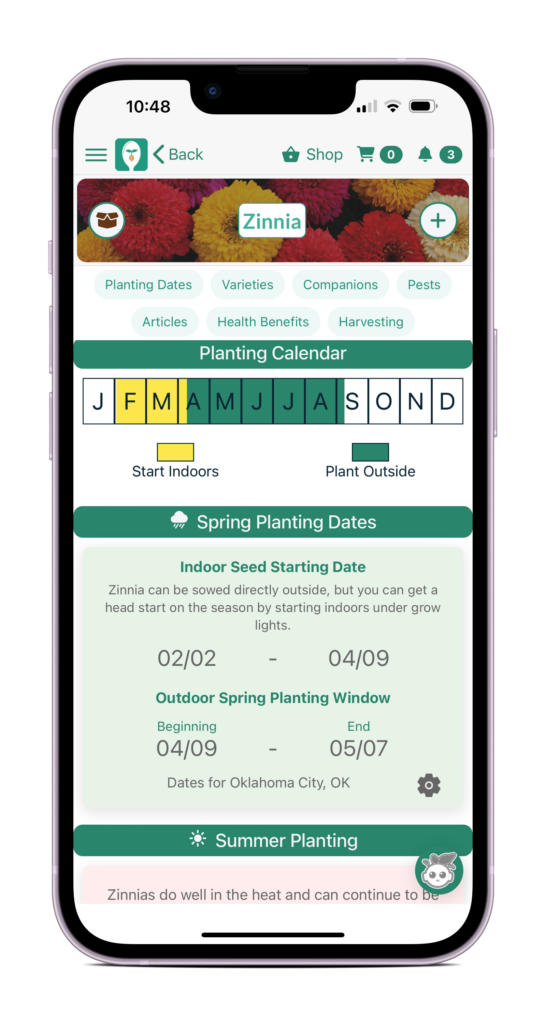

Caring for Zinnias Once your zinnias are planted, proper care is essential to encourage healthy growth and prolific blooming:
Watering: Keep the soil consistently moist but not waterlogged. Zinnias are drought-tolerant once established. See more on watering info in the From Seed to Spoon app
Fertilizing: Apply a balanced, all-purpose fertilizer at planting and throughout the growing season to provide essential nutrients. See more on fertilizing in the From Seed to Spoon app.
Deadheading: Regularly remove spent flowers to encourage continuous blooming and prevent seed formation.
Pest and Disease Management: Keep an eye out for common pests like aphids and spider mites. If issues arise, turn to the From Seed to Spoon app for organic methods to help control common garden pests.
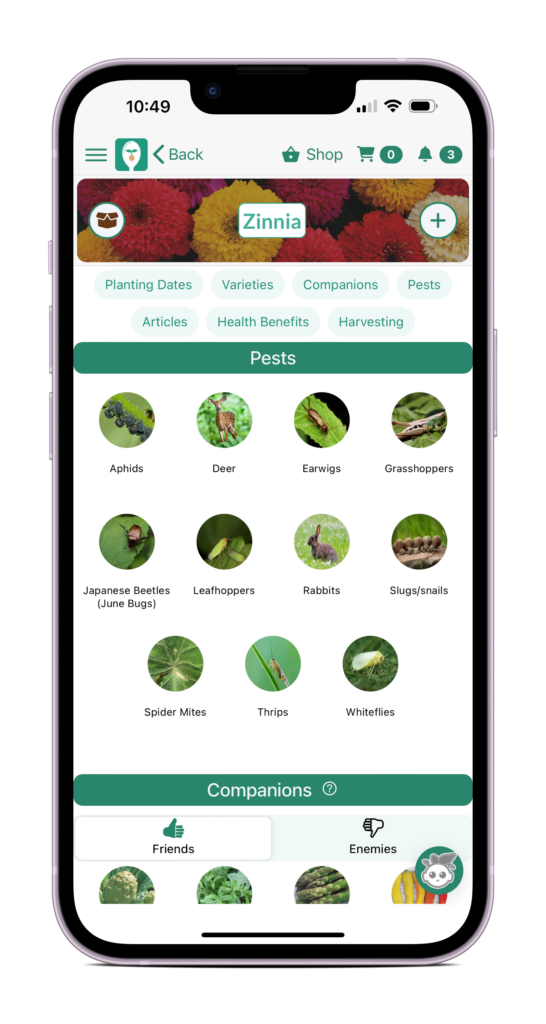

Saving Zinnia Seeds Want to keep your zinnia garden going year after year? Learn how to save zinnia seeds properly:
- Allow the zinnia flowers to fully mature and dry on the plant.
- Harvest the dried seed heads and extract the seeds.
- Store the seeds in a cool, dry place for future planting.

Zinnias are a delightful addition to any garden, offering an explosion of color and charm. By selecting the right variety, providing proper care, and even saving seeds for future seasons, you can enjoy these beautiful flowers year after year. For personalized guidance, including exact planting dates based on your location and organic pest management tips, turn to the “From Seed to Spoon” app. Add zinnias to your garden, and watch it come alive with vibrant, long-lasting blooms that will brighten your outdoor space and provide endless joy. Happy gardening with “From Seed to Spoon”!
Learn more about growing over 100 different foods, including how to manage various pests in our FREE iOS, Android, or new Universal Web App!

Carrie Spoonemore, co-founder of “From Seed to Spoon,” stands as a beacon of inspiration for gardeners and health enthusiasts alike. Her journey alongside her husband, Dale Spoonemore, in creating a platform that demystifies gardening and promotes a healthier lifestyle, has made a significant impact on individuals around the globe. Through the “From Seed to Spoon” app, Carrie has dedicated herself to empowering people to take control of their health and environment by growing their own food.
With a profound belief in the power of gardening to improve mental and physical health, Carrie’s contributions to the Seed to Spoon blog reflect her holistic approach to wellness. Her articles often focus on the nutritional benefits of homegrown fruits and vegetables, organic gardening practices, and the mental health benefits of spending time in nature. Carrie’s expertise in health science shines through in her detailed discussions on how specific plants can contribute to a balanced diet and overall well-being.
Carrie’s passion for gardening is deeply intertwined with her commitment to family and community wellness. She frequently shares personal stories of how gardening has brought her family closer together, offering practical tips for involving children in gardening activities and making it a fun, educational experience. Her writing encourages families to explore gardening as a means of spending quality time together while learning about nature and sustainability.
In addition to gardening advice, Carrie’s contributions to the blog include insights into the use of technology to enhance the gardening experience. She has played a crucial role in designing the “From Seed to Spoon” app to be user-friendly, ensuring that users of all ages and backgrounds can navigate the complexities of gardening with ease. Her vision for the app is not just as a gardening tool but as a vehicle for change, inspiring individuals to adopt a more sustainable lifestyle by growing their own food.
Carrie Spoonemore’s presence on the blog is marked by her compassionate approach to teaching and her unwavering belief in the transformative power of gardening. Her work continues to inspire a community of gardeners to pursue a healthier, more sustainable way of living, proving that with the right tools and knowledge, anyone can become a gardener and advocate for their health and the planet.





